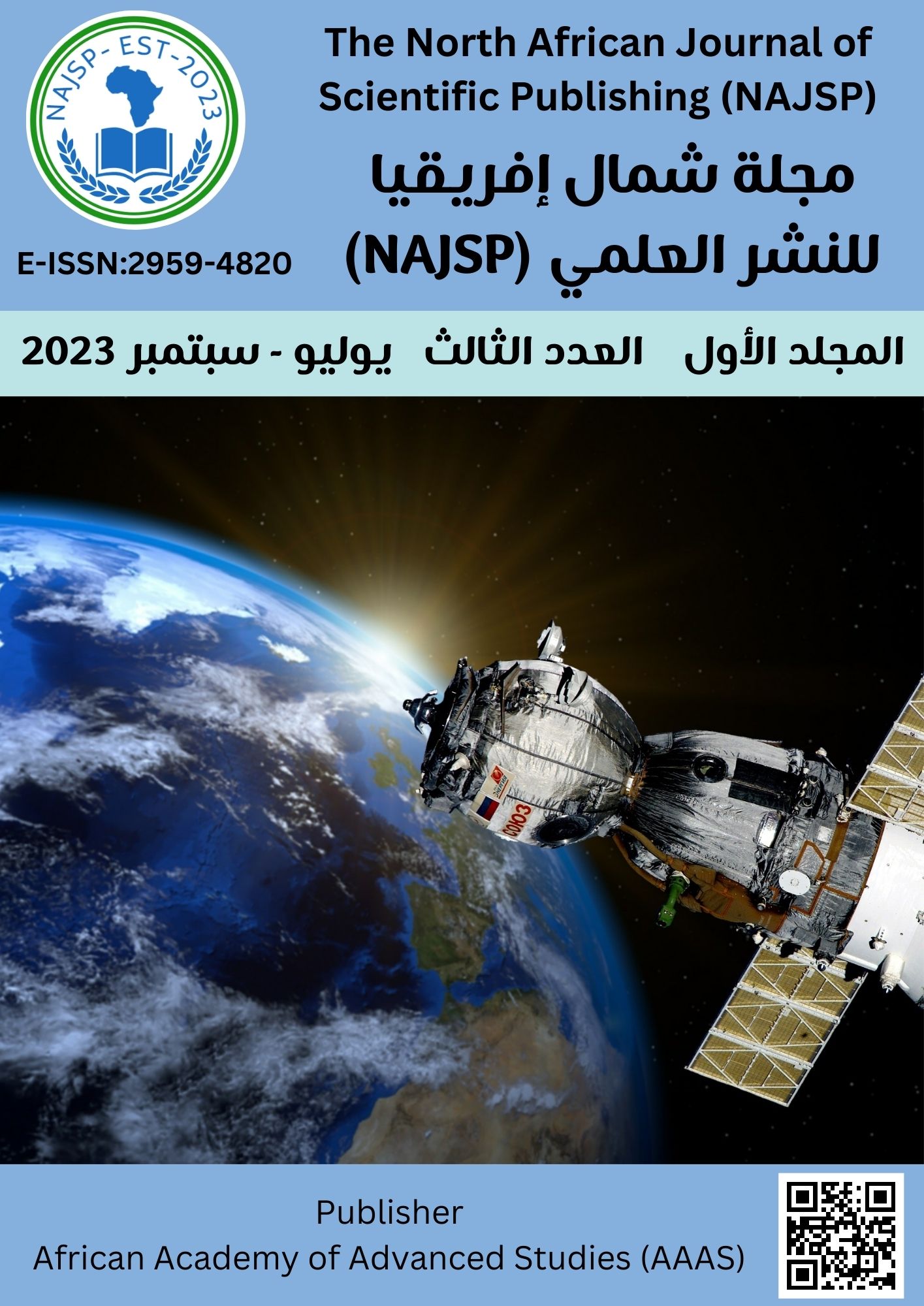Assessment of the Correlation between Hyperuricemia and Insulin Resistance in hyperuricemic patients at Al-Khums Diabetic Center (KDC)
DOI:
https://doi.org/10.65414/najsp.v1i3.102الكلمات المفتاحية:
Hyperuricemia، Allopurinol، Insulin Resistance، T2DMالملخص
Insulin resistance (IR) is a crucial factor in the development of type 2 diabetes mellitus (T2DM), and its association with hyperuricemia remains an area of ongoing investigation. This study aimed to assess the correlation between hyperuricemia and IR in individuals attending the Al-Khums Diabetic Center (KDC). A prospective study included 80 volunteers from the KDC, with fasting blood samples drawn for uric acid (UA), fasting blood sugar (FBS), glycated hemoglobin (Hb1Ac), insulin levels, and Homeostatic Model Assessment for Insulin Resistance (HOMA-IR). Hyperuricemic participants received a daily allopurinol dose (100 mg) for two months, and subsequent blood samples were collected to analyze the effects on insulin levels and impaired glucose tolerance. The results showed that hyperuricemic patients exhibited significantly elevated FBS levels (108.44 mg/dl ± 19) compared to the control group (85 mg/dl ±22). Moreover, Hb1Ac, insulin levels, and HOMA-IR increased notably, reaching (5.381%± 0.477%), (23.951 IU/L ±17), and (6.5±6.7), respectively, in comparison to the control group's (4.9%±0.59), (8.395 IU/L ±6.499), and (1.77±1.52), with a statistically significant p-value < 0.05. Our findings also revealed that hyperuricemic patients treated with Allopurinol (100 mg) for two months experienced a reduction in FBG, Hb1Ac, insulin levels, and HOMA-IR, measuring (95.87 mg/dl ±8.3), (5.32%±0.20), (10.68 IU/L ±2.93), and (2.54±0.81), respectively. This contrasts with pre-allopurinol hyperuricemic individuals whose measurements were (113.33 mg/dl ± 16), (5.66%± 0. 35), (28.9 IU/L ±9.6), and (7.86±3.07) respectively, demonstrating a significant difference with a p-value < 0.05. In conclusion, the study suggests a higher prevalence of IR in hyperuricemic patients, with additional findings indicating that allopurinol improves insulin sensitivity, potentially preventing T2DM.
التنزيلات
منشور
كيفية الاقتباس
إصدار
القسم
الرخصة
الحقوق الفكرية (c) 2023 Aboubaker Saleh Alasga, Hatem Ali Abushaala, Naser Mohammed Irqayah, Ahmed Menshaz

هذا العمل مرخص بموجب Creative Commons Attribution 4.0 International License.







